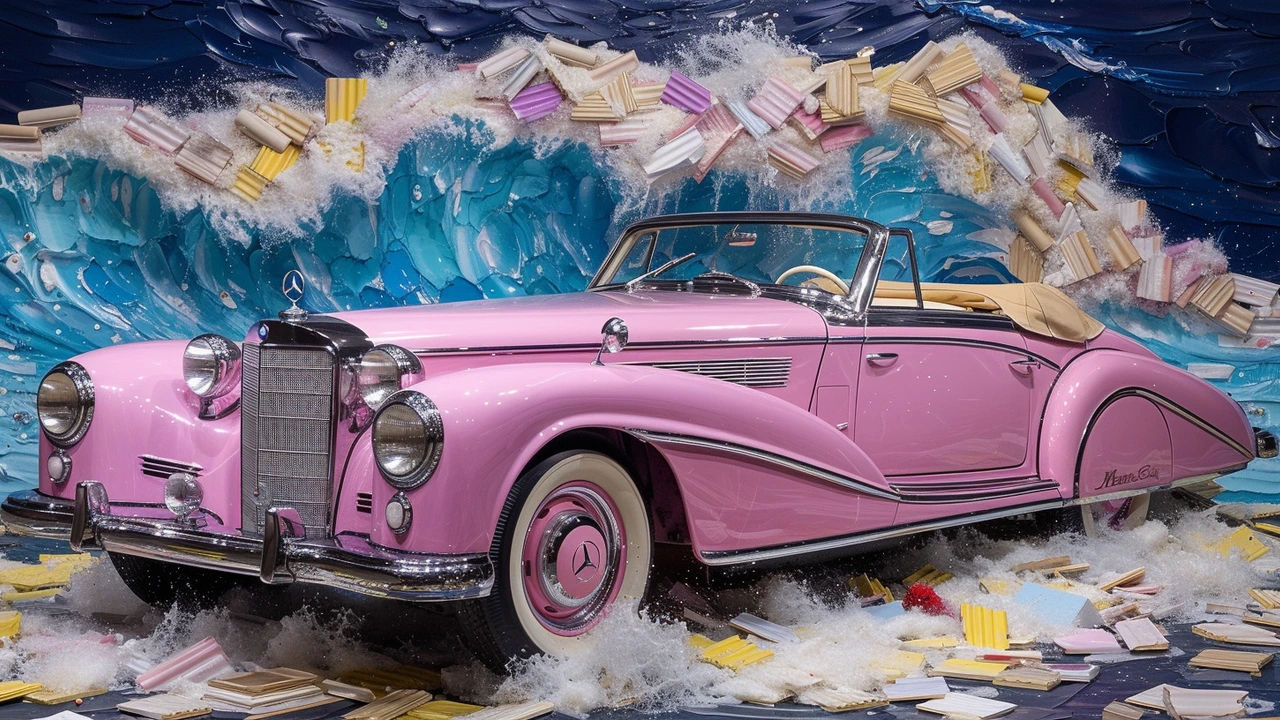Artistic Movements: A Practical Guide to Key Styles and Why They Matter
Artists have broken rules to change how we see the world. From Cubism chopping shapes to Photorealism copying photos, movements give us clear tools and ideas. This page gathers the major movements, shows what to look for, and gives simple ways to use their ideas in your art or home.
Start with a quick cheat sheet: Cubism reduces objects into planes and angles.
Bauhaus focuses on function, clean lines, and useful objects. Abstract Expressionism values emotion and gesture over neat shapes. Baroque uses drama, contrast, and motion to grab attention. Fluxus mixes art with life through playful events and performances. Photorealism aims for near-photographic detail. Futurism celebrates speed, tech, and forward motion. Constructivism blends art with social purpose and bold graphics.
How can you use these ideas right now? Try quick experiments:
Want to learn an easy way to spot styles? Look at three things: shape, color use, and purpose. Cubist works show fractured shapes and multiple viewpoints. Bauhaus pieces use flat colors, grids, and clear type. Baroque scenes have dramatic light, rich color, and movement. Photorealism shows tiny paint strokes that mimic a camera's focus. If a work feels like a staged event or a performance, it might be Fluxus.
Try quick experiments: 1) Make a small Cubist collage using magazine cutouts to break a face into planes. 2) Apply Bauhaus by stripping a room of clutter, choosing simple furniture, and adding one bold color. 3) Use Abstract Expressionist rules by making a 15-minute canvas where you only react, not plan. 4) Create a tiny installation on a shelf to test installation art ideas.
If you study artists, focus on process, not mystery. Watch Jackson Pollock paint to see how gesture sets mood. Look at Le Corbusier’s designs to learn how function drives form. Study Edward Hopper for mood and empty space.
For writers, photographers, and designers, movement traits translate easily. Want mood? Borrow Baroque lighting in photos. Need clarity? Use Bauhaus grids in layouts. Want raw feeling? Adopt Expressionist color choices in posters.
Curious where to go next? Visit local museums, check online museum tours, and follow artist interviews on video. Pick one movement and copy one small work to understand decisions. That practice will teach more than reading alone.
Art history can feel like names and dates, but movements are tools you can grab and use. Try one small experiment this week and pay attention to what changes in how you see things.
Here are three quick projects to try over a weekend: build a tiny public sculpture from recycled materials to test Land Art ideas; design a poster using De Stijl's grid and primary colors to sharpen layout skills; and photograph a moving object with slow shutter to practice Futurist motion. Each project takes a few hours and teaches a specific way movements solve visual problems. Share results with friends or online for feedback. Small steps lead to clearer taste and better decisions. Start today, not tomorrow.


